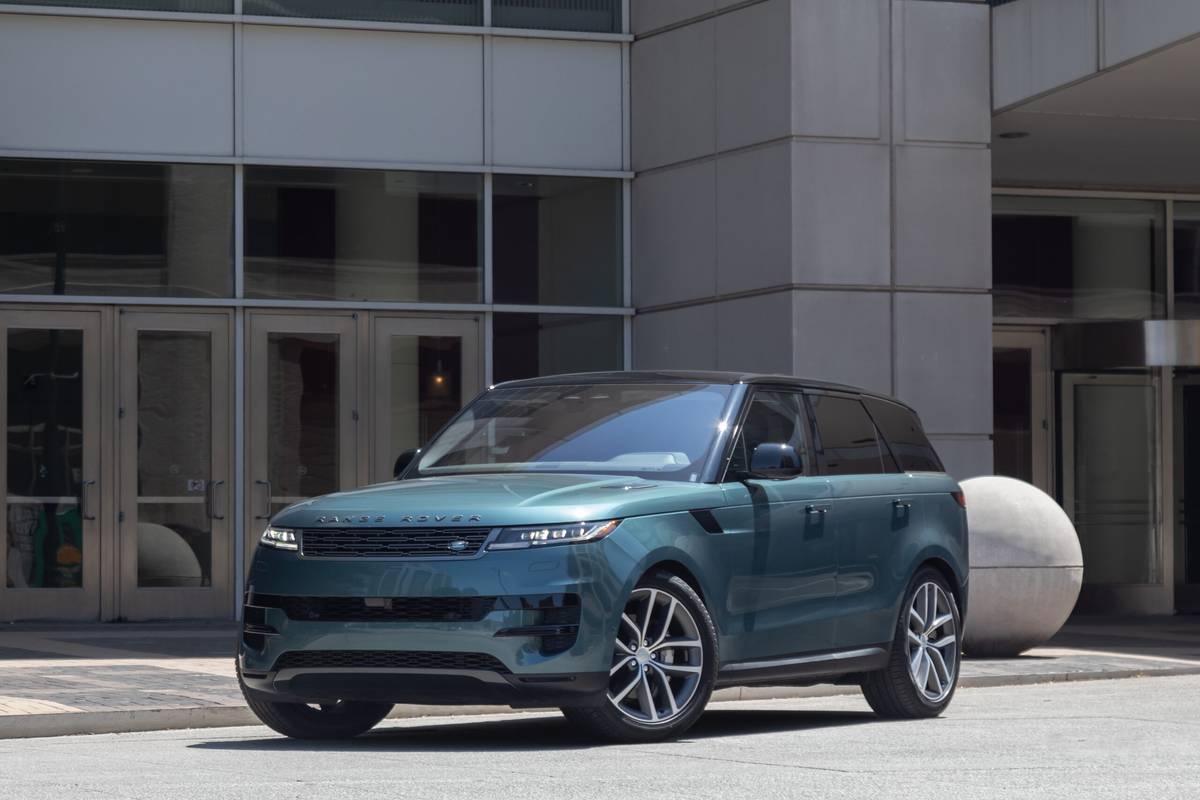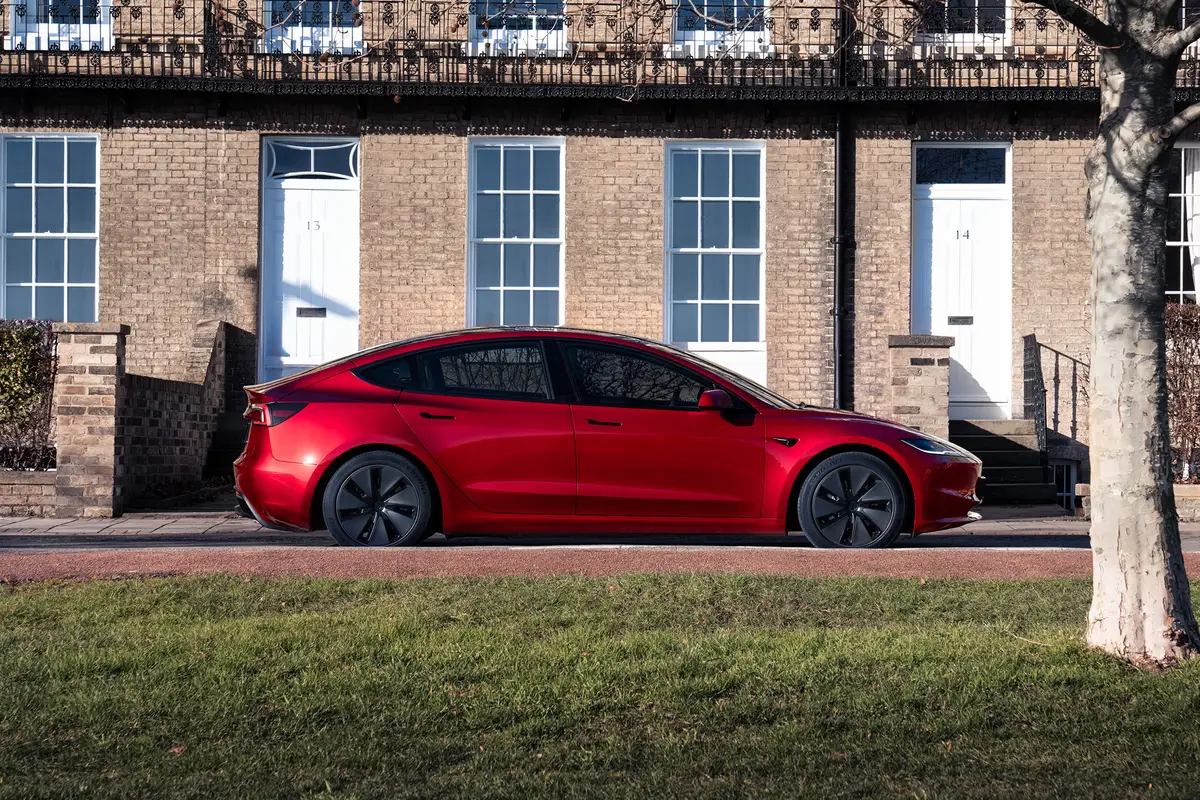Boston.com's view
I have to thank the Porsche Boxster. Not the company that fed me filet mignon at a Boxster press event a few weeks ago, although that was very nice. No, I’m talking about a particular silver-and-red roadster that, two years ago, helped sweet-talk my way into the crowd of established car journalists.
My first test car was a 2008 RS60, a limited-edition model that pushed the Boxster into a more serious position among its sports car peers. After my Boxster story ran in this newspaper and a video my dad shot from the passenger seat ran on Boston.com, I began thinking about auto journalism as an actual profession. Little did I realize that I’d have to drive nearly 70 more cars before I’d have a shot at another Porsche.
So here I am, two years later, seated again in the best Boxster money can buy. Where the RS60 started to nip at the 911’s heels, the 2011 Spyder has the Carrera cabriolet defeated, as long as your spine’s OK with absorbing all the bumps in the road. This is a no-compromise ride: The car comes standard without air conditioning or a radio, leaving alien voids in the center console. It even does away with cupholders and door storage bins, all for the athletic glory of losing weight and — with an extra 10 horsepower — beefing up.
But Porsche knows its customers, and not even cheap New Englanders with $62,000 to spend on a convertible would go without A/C and FM. So it wasn’t surprising that all four Spyders Porsche brought to the Larz Anderson Auto Museum in Brookline came so readily equipped.
Removing 176 pounds from a standard Boxster S makes for great advertising copy, and it is a great achievement. What look like extra seatbelts hanging out of the doors are latch pulls — lighter than regular handles, of course. With special 19-inch wheels, aluminum for the doors, a double-bubble hatch, and a missing power top, the six-speed Spyder comes in at 2,811 pounds. That my dad’s smaller BMW Z3 is 33 pounds heavier makes the Spyder’s feat even more impressive. I’d remove the striped “Porsche” graphics with a hairdryer to save another quarter pound.
I’d put back the power top. Sorry, I’m not old enough to remember how wonderful it was to assemble the roofs on early roadsters. Even with two people, it’s a two-and-a-half minute fumble: Pop the hatch, lock the prop bar, unroll the canvas, secure the metal brace, squeeze some hooks, snap the back plastic window. Ask any father who’s pitched a pup tent at a Cub Scout sleepover, and you’ll understand how fun this is. One good thing, though, is the car’s unique roofline. It’s rakish and sleeker than ordinary Boxsters.
I’d also suggest going on a bread-and-water diet if you’re over 36 inches around the waist. You can’t recline or alter the extremely aggressive bolstering in these one-piece carbon fiber seats, complete with neck cutouts for 5-point racing harnesses. I don’t budge a bit around fast turns, and thanks to the 20-millimeter lower ride height and stiffer springs, neither does the Spyder.
Fellow Globie Bill Griffith and I knock off a few rounds up and down the Jamaicaway. “I’m not even trying,” Griffith says as he pushes past cars in the right lane. At 3,000 rpm, he’s still 4,200 rpm away from redline, at which the 3.4-liter flat-six peaks at 320 horsepower. That may not seem much for 60 grand, yet after a few minutes it’s clear where the money goes. Save maybe for the toy-car Lotus Elise, there’s not a roadster in the world with this kind of precise chassis setup.
It all feels, to use that Whole Foods term, organic: the easy torque and tenacious grip on hard corners, the firm brakes, the weight of the clutch, the steering that’s like an extension of your arms. The general impression of the Spyder, beyond its harsher ride and punchier kick at high revs versus the RS60, is that it makes you kind of cocky upon exiting the car. If you’re low on self-esteem, this Porsche and its predictable, very high limits will fix that.
I did miss the growl of the RS60’s sport exhaust, which adds muffler bypass valves to extract extra snort from the double pipes. If you have any wishes left, check that $2,500 option. I stayed far away from the Spyder carrying the $3,420 dual-clutch automatic transmission. Its seventh gear and ultra-fast shifts improve fuel economy and acceleration by a few ticks, but there’s no seat-of-the-pants reward for driver skill and finesse.
Cars with monster engines like the new Mercedes SLS AMG can get away with these gearboxes, if only because they make the driver appear heroic with their perfect throttle blips and smooth shifts. But it’s never as natural as the Spyder’s sublime manual.
Just give me a stick shift, some simple food, a decent home, and the proper car. I don’t need much else. Neither does this Porsche with the finicky roof. I get it now.
Latest news



